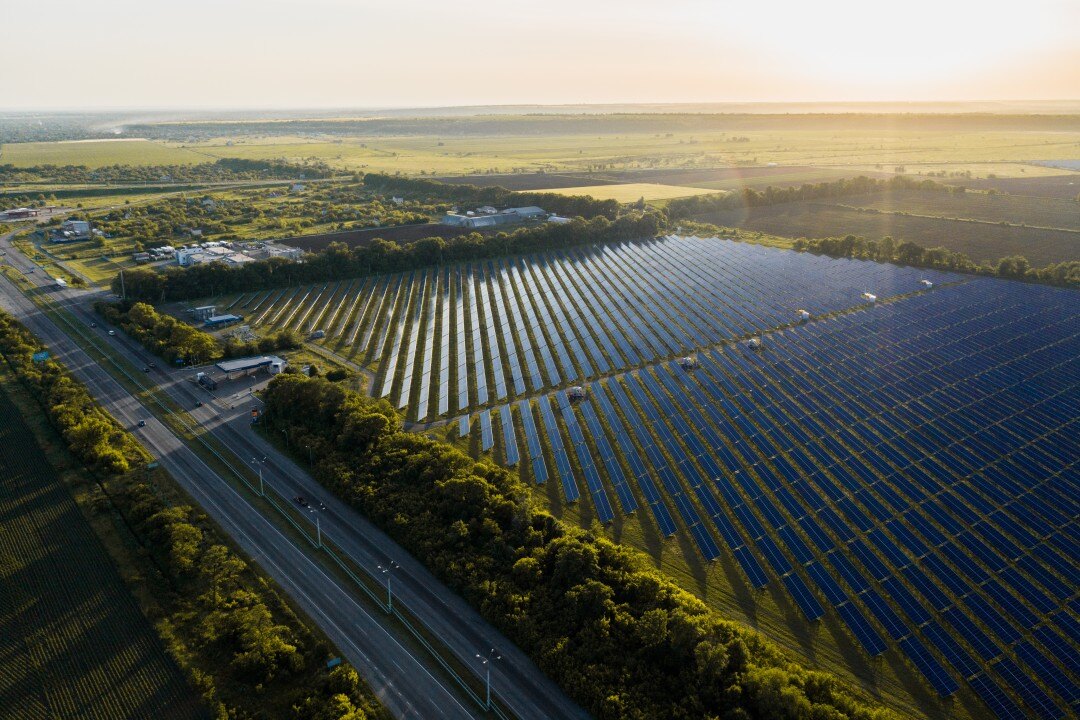Myth #7 of Solar O&M: All Data Platforms Are Created Equal

Stay in touch
Subscribe to our newsletter for expert insights, company updates, and the latest in renewable energy management solutions.
HOW DID WE GET HERE?
There was a time when you had to convince solar owners and operators that a robust and scalable data platform for managing the operational performance of their assets was necessary. That time is no more.
Asset and O&M managers now understand that a solid data platform is as important to running a solar portfolio as a steering wheel is to driving a car. Let’s define what constitutes “solid,” so we can answer the question: Are all platforms created equal?
To answer this question, we need to understand where the current offering of solar power data platforms comes from. We can categorize them into four buckets:
1. Incentive-based solutions
2. Solutions adapted from other industries
3. Home-brewed solutions
4. Purpose-built solutions
INCENTIVE-BASED SOLUTIONS
In the US and Europe, most data platforms for the solar industry started as government incentive-based software platforms. Most of the early incentive-based software platforms have disappeared or have been consolidated into other software applications.
These software applications were designed to meet the specific requirements of fulfilling incentive-based production reporting. Policy makers recognized that an independent means of verifying the actual production of solar facilities was needed to prevent gaming of the system (i.e. exaggerating the capacity of a system to obtain a larger incentive).
As a result, a host of simple energy production software applications were developed to monitor the production of the system and demonstrate compliance with government energy reporting requirements.
There is significant risk that the platform will not scale with the ever-increasing demands of solar industry data volume and velocity.
Initially, it was never the intention for these software applications to be full-fledged asset performance management software platforms. Over time, as customers demanded more and more features, new functionality was bolted on to these applications with varying degrees of success.
The key question to ask when considering software platforms that started as incentive-based solutions is whether or not the application has been re-architected as a scalable and robust platform that will stand the test of time. If not, there is significant risk that the platform will not scale with the ever-increasing demands of solar industry data volume and velocity.
SOLUTIONS ADAPTED FROM OTHER INDUSTRIES
Wind power software solutions that have been modified to meet the requirements of the solar asset class are an example of software solutions that have been adapted from other industries for the solar marketplace.
Other examples are general-purpose CMMSs that have been customized to meet the requirements of the solar data model. Typically, these are high-quality maintenance and asset management systems. However, they were designed to solve a general asset class problem, not the solar power asset class data problem.
You may be able to operate at a low LCOE with a general-purpose CMMS, but never at the lowest LCOE.
As a result, functionality compromises will likely be required since the underlying data model was not based on the solar asset hierarchical structure and data relationships. For example, a general-purpose CMMS will probably not allow you to relate assets to events, relative to equipment reliability history, in a commercial context.
Why is this important? Unless the data model supports this kind of query you will never be able to calculate the optimal next maintenance decision while staying within the commercial and regulatory box that your contracts impose upon you. In other words, you may be able to operate at a low LCOE with a general-purpose CMMS, but never at the lowest LCOE.
HOME-BREWED SOLUTIONS
As an engineer, I can tell you that we love nothing more than building things. The third category of software solutions is the home-brewed, or do-it-yourself (DIY), solution. Initially, this seems like a great approach. Who understands the domain better than the asset owner or operator? But while the owner/operator is the domain expert for asset performance management, they may not have the organizational environment or skillset to develop, maintain and support an industrial strength software solution.
Do you possess the resources and expertise to make the software as good or better than current solutions?
I attempted to develop and support software platforms for some of the best energy companies in the world and it was great–for a while. It was great until there was a downturn in the market and our executive management decided a new strategy was in order. Without the funding and resources necessary to maintain a best-in-class software platform, our DIY software platform quickly fell behind the best in the industry.
Before giving in to your well-intentioned engineers and developing a skunkworks software department, ask yourself a few questions:
- Time-to-market: Do you realistically have time to develop it in-house and within the necessary timeframe?
- Total cost of ownership: How much will the software cost to buy? To build?
- Features and functionality: How well do existing out-of-the-box solutions meet your needs?
- Knowledge and expertise: Do you possess the resources and expertise to make the software as good as or better than current solutions?
- Core competencies: What would you be giving up if you dedicated a team to its development and maintenance?
PURPOSE-BUILT SOLUTIONS
By purpose-built, we mean a software platform that was designed from the ground up to meet the growing requirements of the solar power asset class. The data model was designed around a solar power hierarchical structure from the point-of-interconnection to the micro-inverter on the PV module.
It is difficult, if not impossible, for this kind of architectural design to be developed unless the architects are industry subject matter experts.
The relationship between the assets and their past, present and future operating state is designed into the system. How will you be able to participate in the future ancillary markets if a solar power domain expert didn’t take this into account when designing the software?
A flexible and extensible metadata layer needs to overlay the asset model so commercial compliance and key performance indicators can easily be extracted from the system.
It is difficult, if not impossible, for this kind of architectural design to be developed unless the architects are industry subject matter experts (SMEs). This is why selecting anything other than a purpose-built application for your solar power portfolio is a gamble. Risk usually enters the equation not from what we know, but from what we don’t realize we don’t know.
SUMMARY
It would be doing someone a disservice to recommend the Power Factors Drive software platform to run their ethanol production facilities. We don’t know anything about ethanol production. But we do know a hell of a lot about solar power.
Do yourself a favor. Next time you are sourcing a new solar power data platform, ask hard questions about the origin and foundation of the software platform. You’ll be glad you did.
Steve Hanawalt is a founder and executive vice president at Power Factors.





